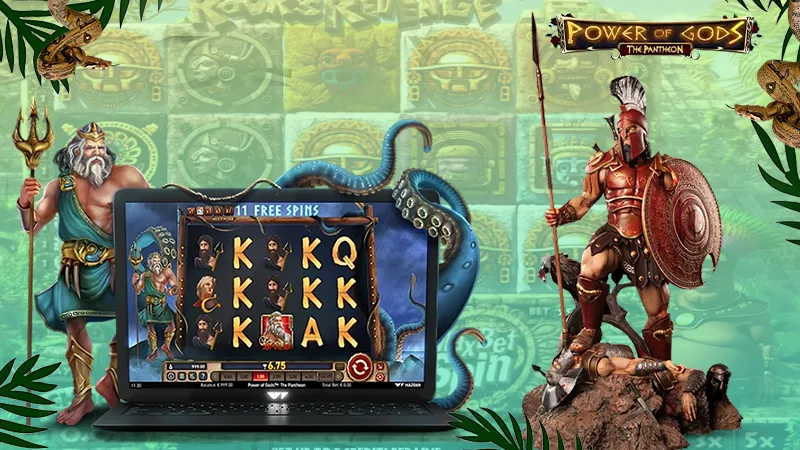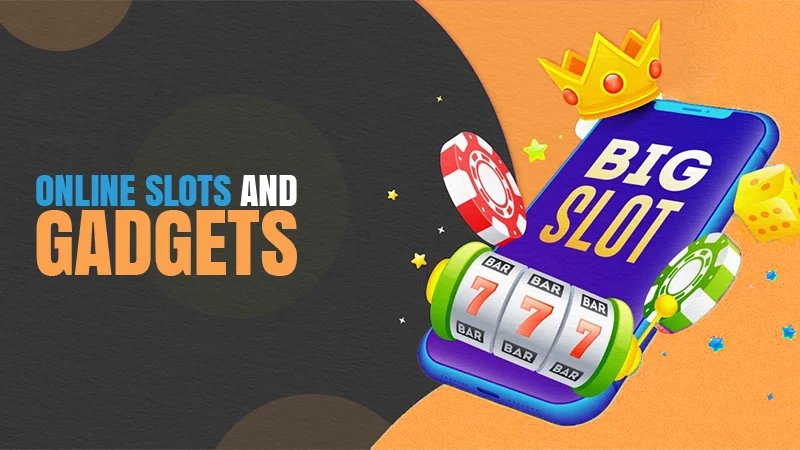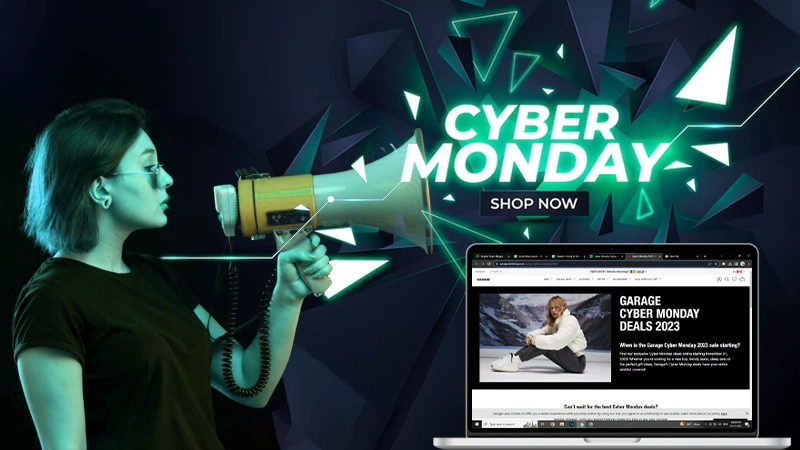Understanding Influencer Incentive
If you’ve decided to work with social media influencers to promote your company, there is a crucial question to be answered: how do you compensate them?
Influencers don’t work for free. They’ll require some type of incentive in exchange for their creation of content. Thankfully, there are a variety of incentives you can offer, and there are influencers for all budgets.
Define What You Can Offer
Let me start by saying that when planning campaigns, it’s important to keep two crucial factors in mind:
- What is the price of influencers’ services?
- What is the highest amount you’re willing to pay in incentive?
Various things affect what influencer marketing will charge for their services. One of the most obvious factors is follower count; the greater the number of followers, the higher the fees. But other things impact this price, too, like engagement rate and content type.
For example, a video will cost more than a photo post. This is because there’s more work involved in video production than photo editing. Likewise, both of these will cost more than an ephemeral Instagram story. Stories disappear after 24 hours, so influencers don’t have to worry about perfecting them as much as static content that remains on their profile.
Conduct some research about this and think about the type of content you want to promote your campaign before you start looking for influencers. Then, use that to help guide your search so that you find influencers who fit within what you can offer.
If you’re aware, for example, that you’re able to pay influencers with free products, don’t spend your time looking for influencers with a large number of followers. They’re not likely to be enticed by this kind of incentive (unless it’s an absolutely fantastic and very valuable product).
In this situation, it’s more beneficial to search for nano influencers (with 1-5K followers), who are willing to receive smaller-scale rewards.
Different Types of Incentives
There are many ways to pay influencers. However, the three most common ways are:
- Free experiences, products, or services
- Flat fee
- Commission-based model
Products
An Instagram collaboration includes free products or services. This is because when an influencer produces their content, it is crucial to show something from the brand.
In the case of smaller campaigns, brands can provide individual packages for each influencer. But for larger campaigns involving many people, or when logistics may be an issue, you can simply send influencers vouchers. Then they can redeem them for what they like best at your store or e-commerce.
Vouchers also work well because they enable the influencer to choose the products they enjoy the most. The more passionate the influencer is about the product, the greater the likelihood they’ll create captivating content for their followers. And you want their content to be as enthusiastic and engaging as possible.
Remember this when you’re sending items straight to influencers. Find out which version they prefer the most. Are they more interested in green or blue? Do they want the small or large version? Find out so that your products make the best possible impression.
Fees
Another way to pay influencers is to pay the fees. Fees are based on the number of followers as well as engagement rate, as mentioned earlier. In addition, they vary in accordance with the economy of the country or place. Vietnam and France are not the same things. Neither is New York City and Oklahoma.
You could pay influencers with flat fees: defined prices for defined services. For instance, maybe an influencer charges $200 per post or $500 for a video. Flat fees are one-time payments that can be made upfront, later or before, or half before half after.
Commission-based models let you pay influencers in proportion to what value they add to your marketing campaign. For influencer marketing, you can make use of the cost-per-acquisition, also known as CPA, to calculate influencer commissions.
That “acquisition” is defined by your brand as whatever conversion is meaningful to your campaign. It could be a sale, a download, a sign-up, and so on. CPA can be utilized for both fixed and variable incentives. For instance, for a campaign to increase sales, you might give influencers $5 for every sale they make, or give them 5% on every sale.
Most top influencers do not accept commissions alone as payment, but you can combine commissions with flat fees or free products to create an attractive incentive program.
Some Tips
Here are some suggestions to consider when defining and the negotiating influencer incentive:
- If you’re shipping a package, ensure that you include shipping and handling within your budget and timeframes. You should allow a little room to accommodate any delays, due to the present conditions our world is in.
- Contracts are great when making payments for commissions or fees. But if you’re closing deals for free products, it’s not always required. Contracts may actually deter nano influencers, who aren’t used to working with brands regularly.
- Managers can drive up fees by 20%. That’s another of the reasons that top influencers are more costly to employ.
- Be aware of the limitations of your brand. If you’re a new company with a small budget and can provide only free products, it is best to seek out influencers who are willing to take that from the beginning of your search.
Conclusion
Along with other elements related to influencer campaigns, there’s no one right way to pay influencers for all brands. Know your brand’s goals, objectives, and budget, and utilize this information to identify influencers who can meet your requirements.
Follow Us
Latest Post















